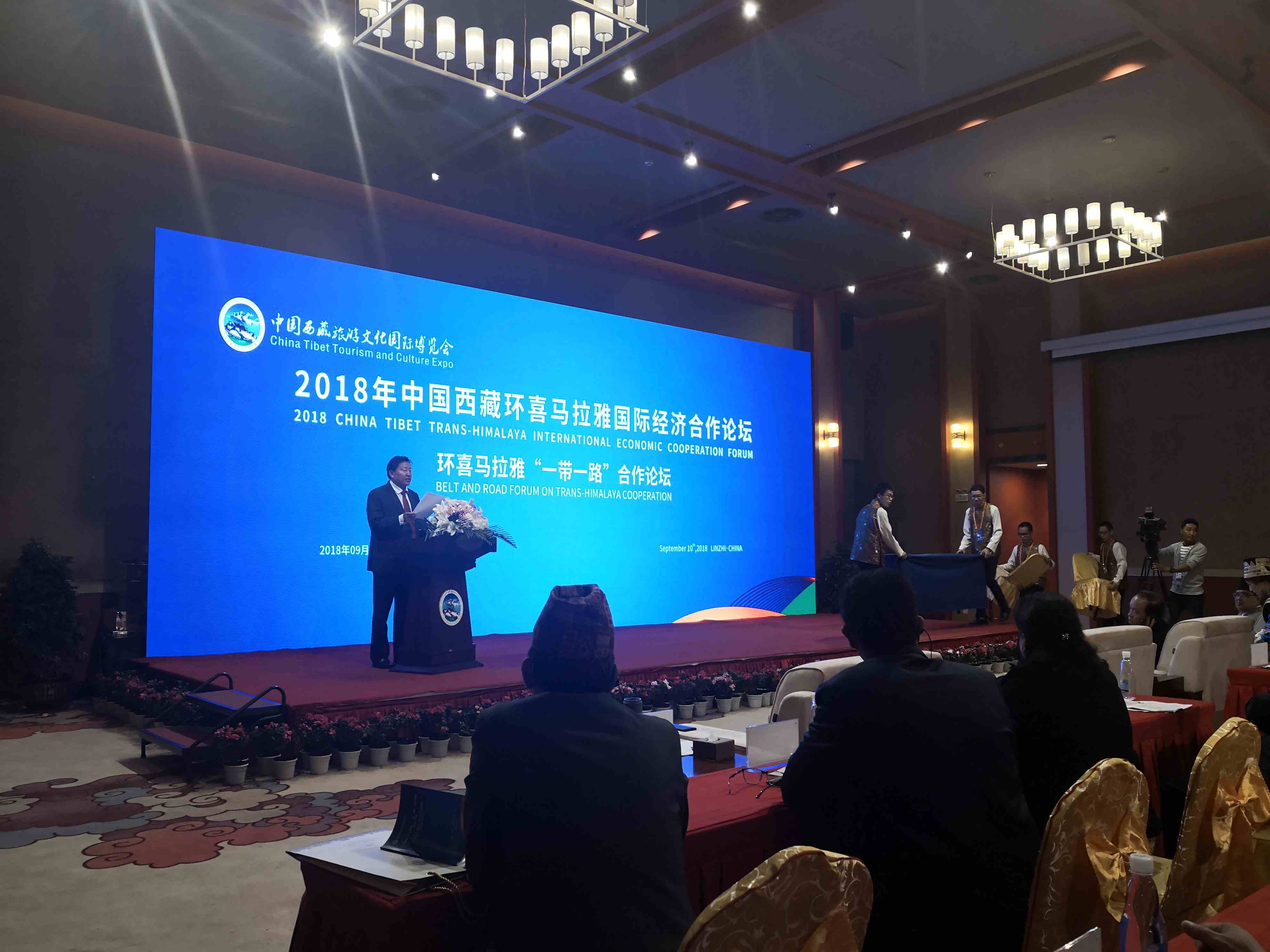
Business
15:15, 11-Sep-2018
A new chapter for trans-Himalayan economic cooperation
Updated
14:43, 14-Sep-2018
By CGTN's Wang Mengzhen
02:14

In a first, an economic forum on trans-Himalayan cooperation was held in Nyingchi, southwest China's Tibet Autonomous Region on Monday. Officials, entrepreneurs and experts in the Himalayan region gathered to discuss future collaboration and economic cooperation, especially within the framework of the landmark Belt and Road Initiative.

CGTN Photo
CGTN Photo
Nyingchi, located on the Qinghai-Tibet Plateau, is a city with more than half of its area covered with forests. As a leading eco-tourism model, it was chosen to host the very first Trans-Himalayan Economic Cooperation Forum.
Located along the Himalayan mountain range, Nepal and Pakistan are among the firm supporters of the new cooperation mode, especially in the financial and tourism endeavors.
"With the MOU signed between China and Nepal, within three months, we will have 10,000 UnionPay merchants all over Nepal, wherever the Chinese tourists go, not just in Katmandu. So, I'd like to tell everyone who wants to visit Nepal that the next time you come, you don't need to bring cash. Just bring your phone and you can pay through QR code," said Anil Keshary Shah, CEO of Nabil Bank, a Nepali private bank.

CGTN Photo
CGTN Photo
"I feel surprised to see the booming tourism in Nyingchi. We also have some mountainous areas in Pakistan, but they are not developed due to lack of infrastructure, therefore tourism gets affected. This place (Nyingchi) is very important in developing tourism not only in this region but its neighboring countries," said Ghulam Umer Kazi working at Pakistan Standard and Quality Control Authority.
In a broader sense, the trans-Himalayan area, also known as the "third pole of the world," includes a total of 27 countries and regions including China, Nepal, India and Pakistan.
"The Himalayan region covers half of the world's population. With its abundant water and energy resources, the region contributes to nearly one-third of the world's economy."

CGTN Photo
CGTN Photo
It's the 5th year since China proposed the Belt and Road Initiative and experts are pinning their hopes on the future of regional cooperation, particularly in terms of infrastructure-building. But barriers still exist, not just geographically, but in languages and trust.
"Looking ahead, we need to enhance more strategic mutual trust, especially between China and India. Also, we need to have more people-to-people exchanges," said Yang Dan, vice president of Tibet University.
"Nepali people find it quite difficult to understand Chinese, now, there are many Chinese-speaking schools. People are willing to learn Chinese. Our connectivity can improve in the days to come," added Bam Bahadur Mishra, director at Banks and Financial Institutions Regulation Department of Nepal Rastra Bank.
Tibet Autonomous Region, as a gateway to South Asia, will continue to play a unique role in linking the trans-Himalayan region. And this in turn will boost the development of China's western region.

SITEMAP
Copyright © 2018 CGTN. Beijing ICP prepared NO.16065310-3
Copyright © 2018 CGTN. Beijing ICP prepared NO.16065310-3